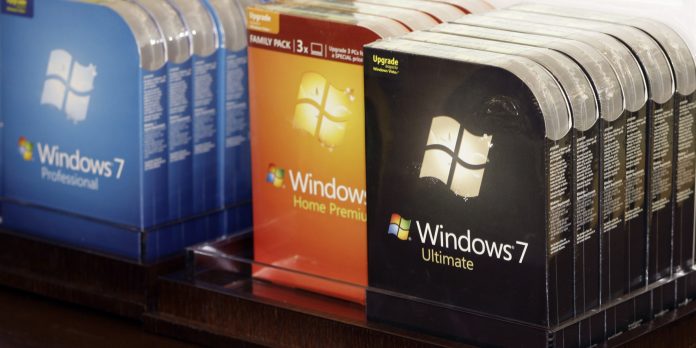
In an attempt to bring everyone into the Windows 10, Microsoft announced on Friday that it is making some changes to its support policy, which – as you probably guessed right from the title – are set to cause quite a bit of a stir, especially for businesses.
While consumers are quicker to upgrade their hardware and software, businesses are usually more conservative, and the process can take years. Many enterprise customers cling to old versions of Windows for as long as possible, to the point where PC makers sometimes offer those versions on brand new systems. This probably won’t be an option in the future, while the ‘new’ Microsoft is not supposed to be that patient. Redmond has altered hardware requirements for supporting older versions of Windows, by only backing new silicon on Windows 10 moving forward.
However, it is said that Windows 7 and Windows 8.1 will continue to receive updates through January 14, 2020 and January 10, 2023 respectively, and Microsoft is offering to help enterprises in the transition to Windows 10, by creating a list of “specific new Skylake devices we will support to run Windows 7 and Windows 8.1” through July 17, 2017.
At this point, it is worth to be said that the launch of Windows 10 did little to stem the recent trend of decline that’s had the PC industry in its grip for the last few years. In fact, many would argue, that the launch of Windows 10 was a direct contributor to the smaller volume of sales in 2015, with it being a free upgrade that could prolong a device’s life. Although the fact that the PC market has a declining tendency, the PC is still alive and kicking, and maintains its relevancy due to evolving categories and innovative new features.
Last Friday, Terry Myerson announced the list of support policy changes, which it may seem to be something unusual for Microsoft, but in a way it represents the company’s effort to bridge the gap between hardware and software, by promising to focus on pairing new technology with the best software it can run, thus making Windows 10 more attractive for us, even if we might not feel the urge to upgrade to the latest and greatest operating system on the newest hardware.










